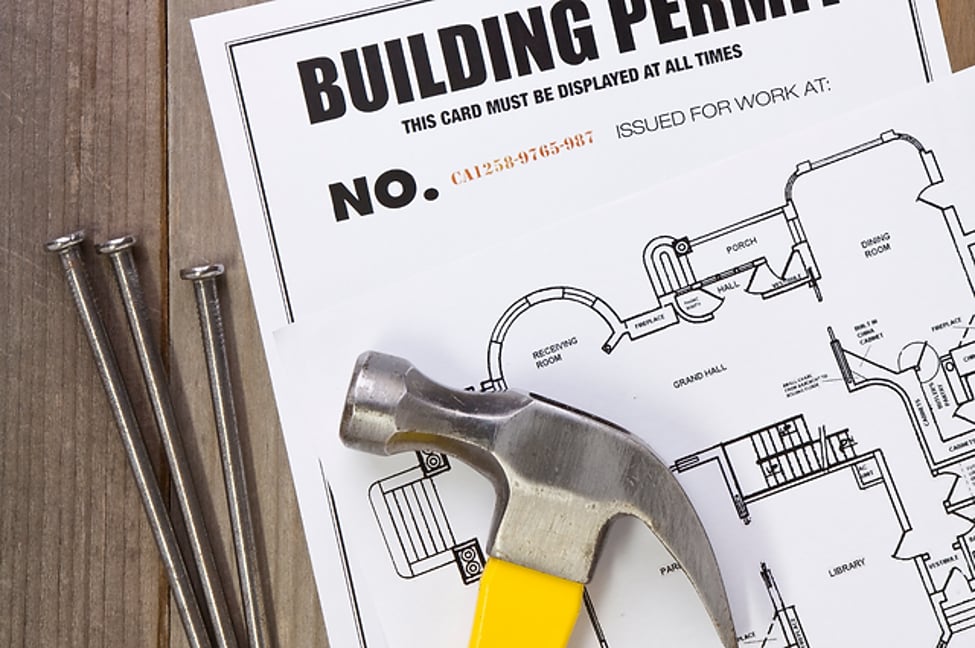Every Canadian province has its own building codes and permit requirements for home improvements. However, some homeowners and contractors bypass these regulations, opting for unpermitted work. This shortcut can lead to significant headaches, especially when it’s time to sell the property. For new homeowners who discover unpermitted work long after purchasing their home, the experience can be frustrating and costly.
Unpermitted work typically comes to light when a new homeowner buys a house "as is" or when they start making improvements and uncover previous illegal work. This situation can decrease the property's value and necessitate expensive repairs. Understanding how to handle unpermitted work is crucial for maintaining and enhancing your home’s value.
Legalizing Unpermitted Work
The possibility of legalizing unpermitted work depends on the nature of the work and whether it was done safely. If the work meets code standards, homeowners can often pursue a retroactive permit. However, if the work violates zoning laws or code requirements, it must be removed. Homeowners may seek compensation from the previous owner or the contractor who performed the work if it was done recently.
Securing a Retroactive Building Permit
Homeowners who discover illegal construction should explore their options for retroactively securing the necessary permits. This process typically involves paying for engineering or project drawings and submitting them to the municipal building permit office. If the homeowner did the work without approval, they might face substantial fines. Once a retroactive permit is filed, an engineer will inspect the work. If deficiencies are found, the work must be corrected to comply with current building codes. If the work meets standards but lacks a permit, homeowners can legalize it through a retroactive permit.
Removing Unpermitted Work
Sometimes, unpermitted work cannot be legalized and must be removed, especially if it poses safety hazards. Unsafe additions or poor-quality electrical work are common reasons for removal. This process can delay new home improvement projects and be quite costly. Despite the expense, removing unpermitted work is essential for safety and compliance.
Selling a Home with Unpermitted Work
Homeowners must disclose any unpermitted work when listing their property. Selling a home "as is" without addressing these issues can significantly reduce its value. While it is legal to sell a home with unpermitted work, remedying these problems is usually more cost-effective and appealing to buyers.
Unpermitted work is a challenge whether it can be legalized or not. The key is to take action once it's discovered. Ensuring that all work complies with building codes is crucial for safety and maintaining property value. Homeowners should be proactive in addressing unpermitted work to protect themselves and future occupants.

